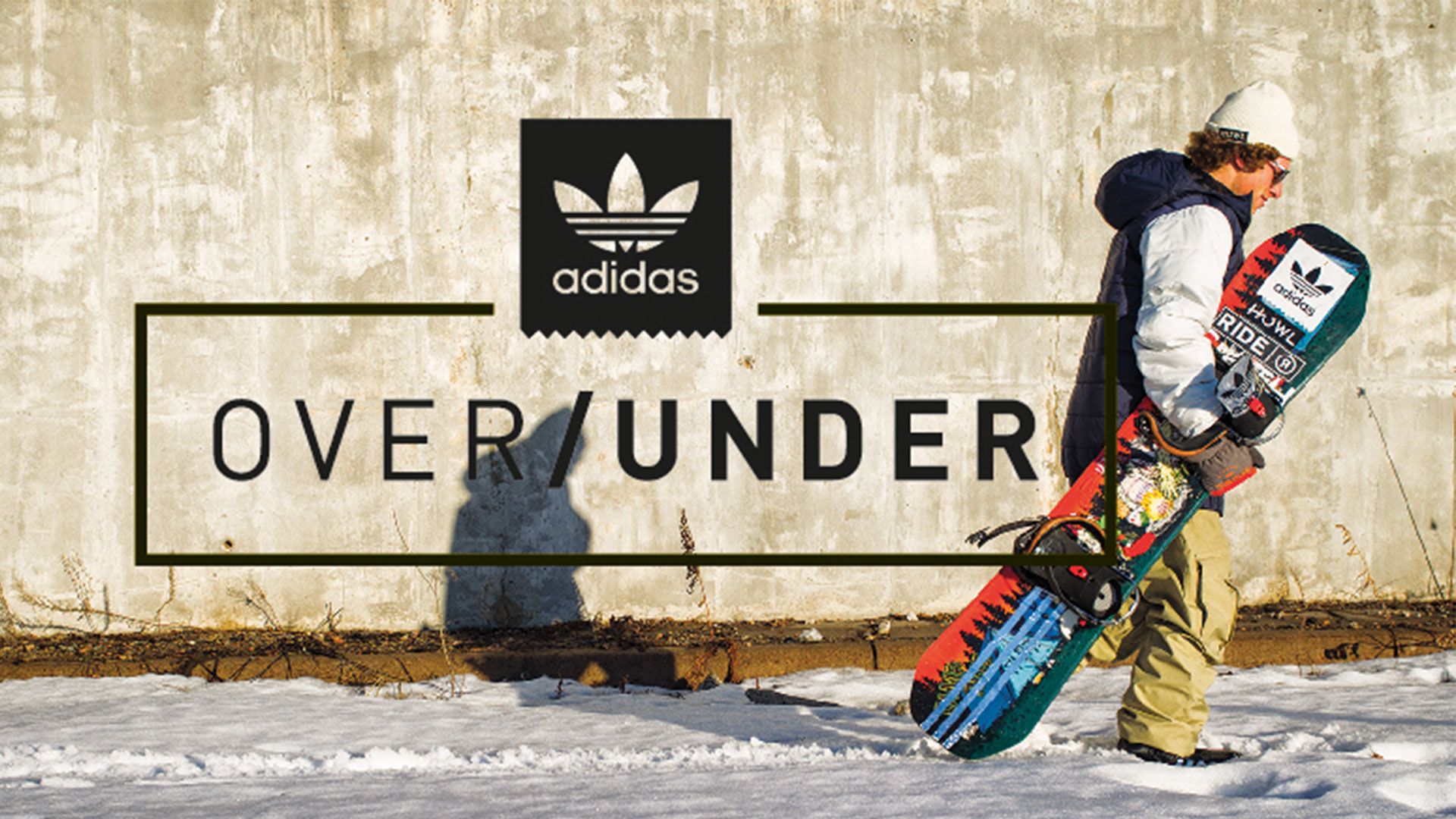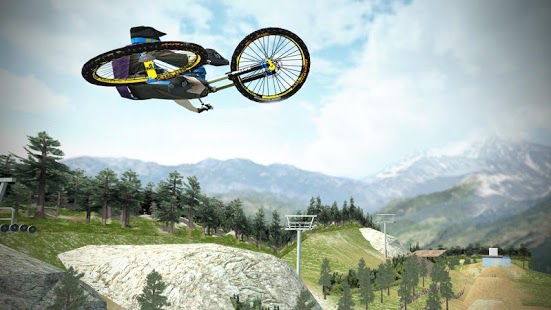

For example, if a rider spins a frontside rotation on one of those runs, they will need to spin a backside, switch frontside or switch backside rotation on the other run. The scores from each competitor's two best runs will be added together to get the final results, and athletes must spin their tricks in different directions on those two runs. The start order will be the inverse of the results from the qualification round, i.e., the athlete with the lowest score in qualifying goes first and the athlete with the best score goes last. Scores from the qualification round do not carry over to the final. If the organizers choose to divide the qualification field into two separate heats, then the top six riders from each heat will advance to the final. The top 12 riders from the qualification round will advance to the final. The qualification round will consist of three runs, with each competitor’s best single run counting. The Olympic big air competition consists of a qualification round and a final round. Sixteen teams will compete in an elimination round with quarterfinals, semifinals and small and big finals. New to the Olympic program, the mixed team event follows a similar format but with two athletes – one man and one woman – making up a team. Whichever athlete passed more gates further down the course will be ranked higher. In a case where more than one competitor does not complete the course nor cross the finish line, the rankings in that heat will be based on the location where the competitors have completed the course. If two or more racers appear to cross the finish line at the same time, the official results will be determined after examining the photo finish to see the first part of each rider's body or snowboard that crossed the finish line. The racers ranked fourth through sixth in the semifinals are relegated to the small final to determine seventh through 12th place. The top riders from each quarterfinal advance to the semifinal heats, and the top riders from each semifinal heat advance to the final, which determines first through sixth place. The top racers from each of the heats advance to the quarterfinals. Riders are divided up so that higher seeds will not be able to meet until later rounds. Based on their bib colors, riders choose which of the six starting gates they will use in the heat - the rider with the red bib gets first pick, followed by the rider in the green bib, and so on.Įliminations start with the round of 16 or 1/8 finals. The top-ranked rider in the heat wears a red bib, No. Each athlete wears a bib color that corresponds to their seeding run ranking. In the elimination rounds, competitors are divided into heats. All 32 riders on either side will advance to the elimination heats, hence the term "seeding" round. In the seeding rounds, competitors take individual runs through the course, and the top times determine the seeding for the final brackets. The Olympic snowboard cross competition consists of two portions: seeding and elimination rounds.

The winner of the small final receives the bronze medal. The winner of the big final receives the gold medal, while the loser gets silver. The medal finals feature two races: a big final and a small final. Whoever crosses the finish line first on that one run advances to the next round. The racer with the better qualification time can choose either the red course or the blue course. The eliminations consist of four parts: round of 16 or 1/8 finals, quarterfinals, semifinals and medal finals.Įach head-to-head elimination race will consist of just one run down the course. Note that although the qualification round features two athletes taking runs side-by-side on the parallel courses, they are not actually racing each other.įor the elimination rounds, all 16 competitors are seeded according to their times and placed into a bracket. Their two times are added together, and the athletes with the top 16 cumulative times advance to the elimination rounds.

In qualifying, competitors each take two runs - one on the red course and one on the blue course. The Olympic format features a qualification round and head-to-head elimination rounds.


 0 kommentar(er)
0 kommentar(er)
